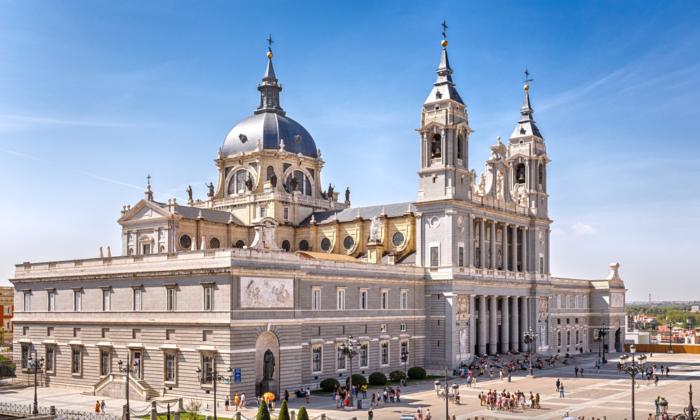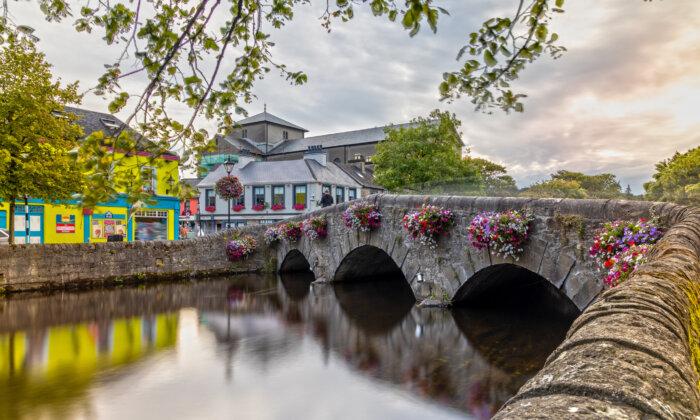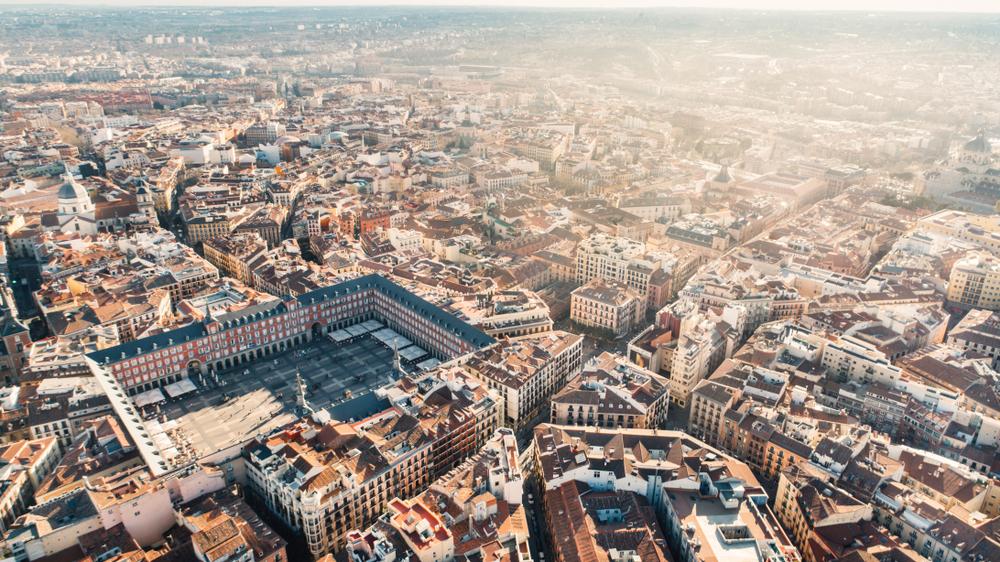
Talk to any Madrileño—Madrid native—about his hometown and chances are you’ll hear this remark: “De Madrid al cielo.” It translates as, “After Madrid, heaven.”
Yet Madrid remains one of those great cities of Europe and the world to which most American travelers give little thought when thinking of places that we would like to see. Maybe the Madrileños know something that the rest of us might enjoy learning.
Besides avowing that only heaven would be a better place to live, they often boost their boast by adding the second half of the saying: “Y un agujerito arriba para verlo"—which means, “and a peephole for looking down.”
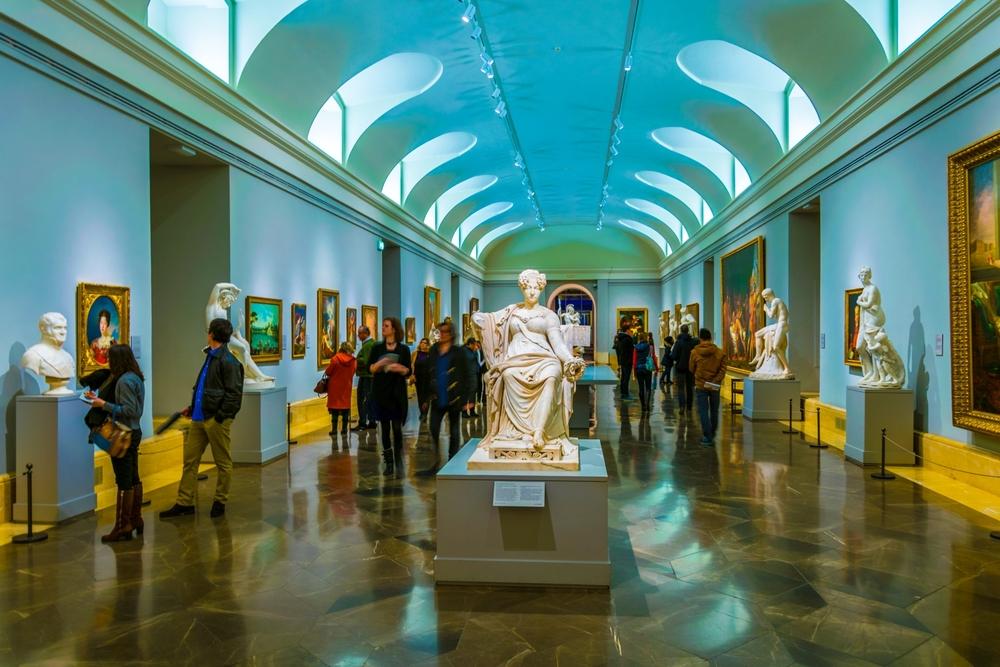
Heaven, they’re saying, just wouldn’t be paradise unless you could see Madrid from there.
While only a local would put it quite that way, Madrileños are fully justified in being very proud of their city. They’re certainly correct in asserting that it’s well worth seeing.
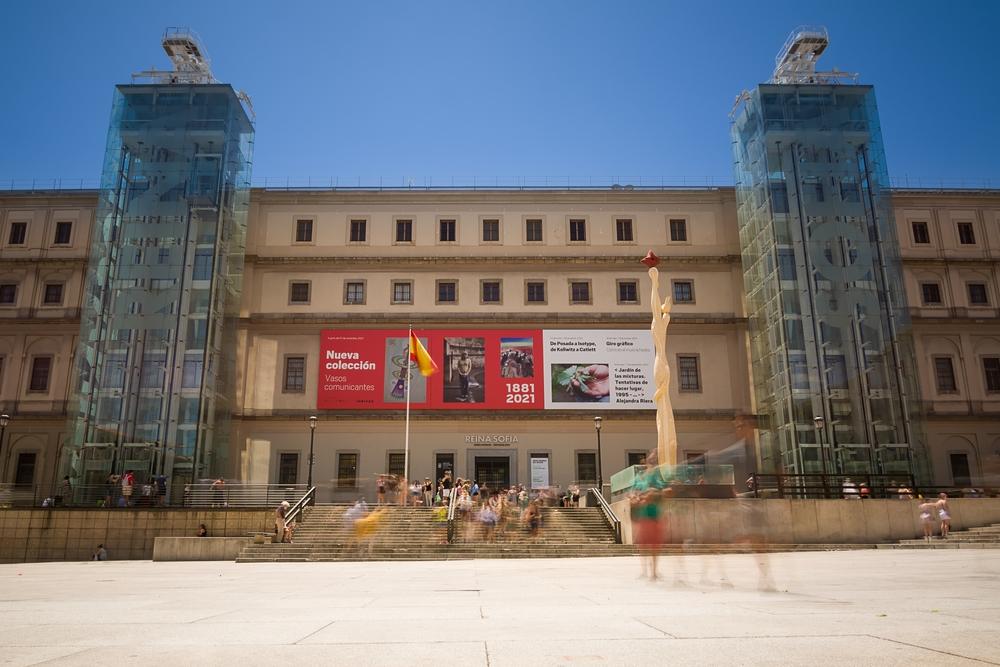
A ‘Golden Triangle’ of Great Art Museums
It would be worth traveling to Madrid even if the only thing that you did there was to visit a certain three of its buildings that lie within about a half-mile of easy walking distance of one another.Paris has The Louvre, Florence has the Uffizi, and St. Petersburg has The Hermitage, but in the compact “Golden Triangle of Art” area in Madrid, you'll find more great works of art per square mile than anywhere else in the world.
Madrid’s Golden Triangle—the Prado Museum, the Queen Sofia Arts Center, and the Thyssen–Bornemisza Museum—deserves to be on any serious traveler’s list of must-see destinations.
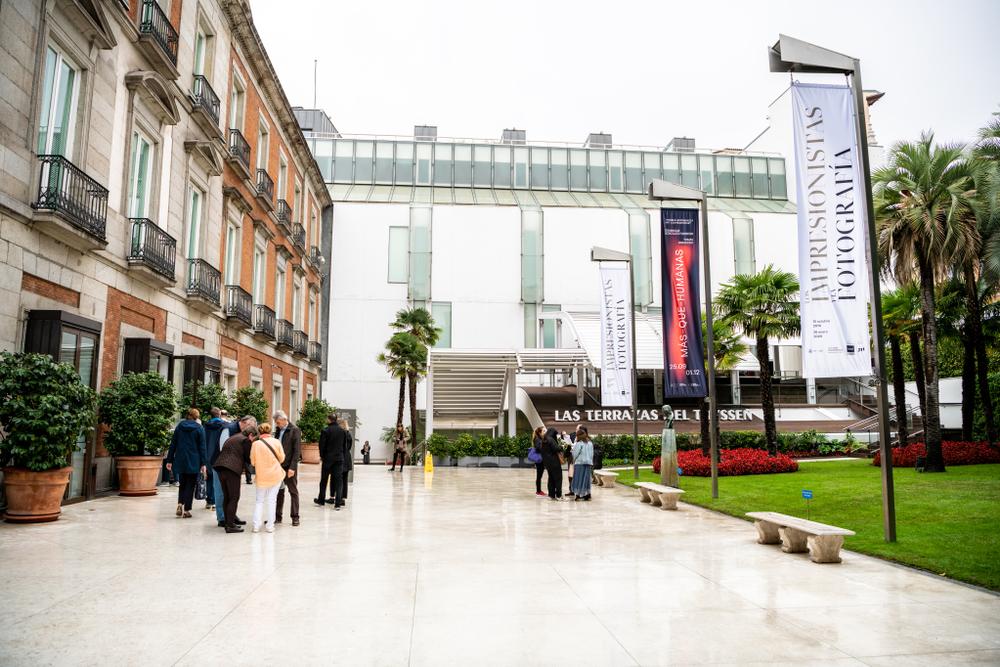
The Prado can easily stand on its own as one of the top few museums of the world and is the key point on this triangle. Built by a king in the late 18th century to house science exhibits but greatly damaged by occupying French forces before any exhibits were ever installed, it opened as an art museum in 1817 after another king decided to use the then-abandoned building to assemble many separate art collections of the Spanish royalty. That grand assembly was significantly expanded when Spain required churches, monasteries, and convents to turn over much of their art collections to make them available for general public viewing.
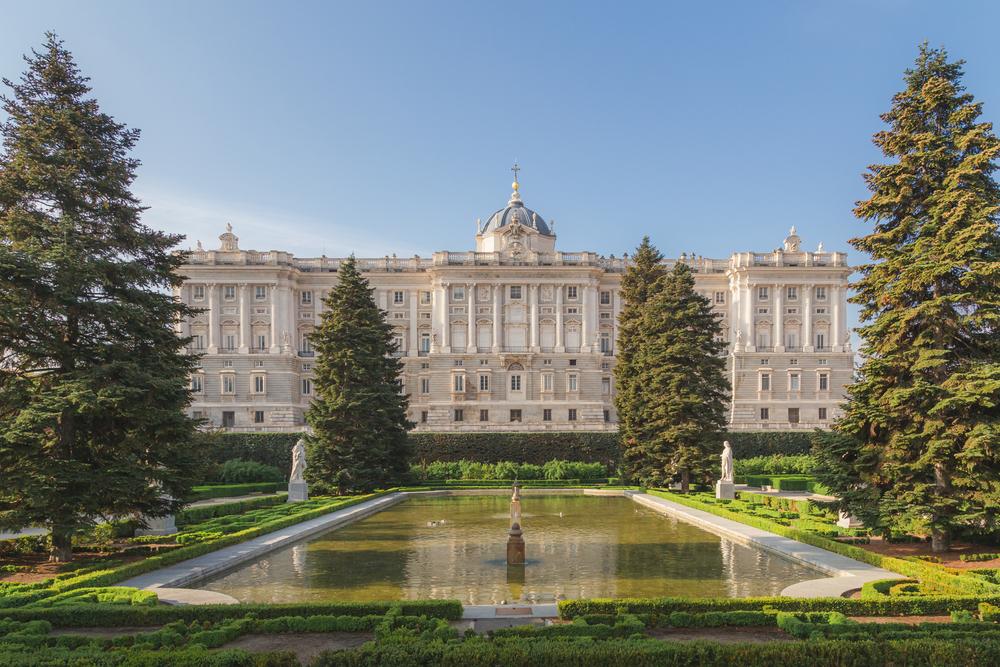
Its huge collection—more than 6,000 paintings, some 500 of which are on permanent display—is, naturally, focused heavily on the greatest Spanish masters: Diego Velázquez, Francisco Goya, El Greco, and other outstanding Spanish artists. No other country in the world has as fine a display of its own country’s greatest artists under one roof.
Some critics might say that it’s weak when it comes to English, French, and German artists, but the Prado does house a surprisingly strong collection of Flemish, Dutch, and Italian works, all reflecting the spread of the Spanish Empire and the artistic taste of its royalty.
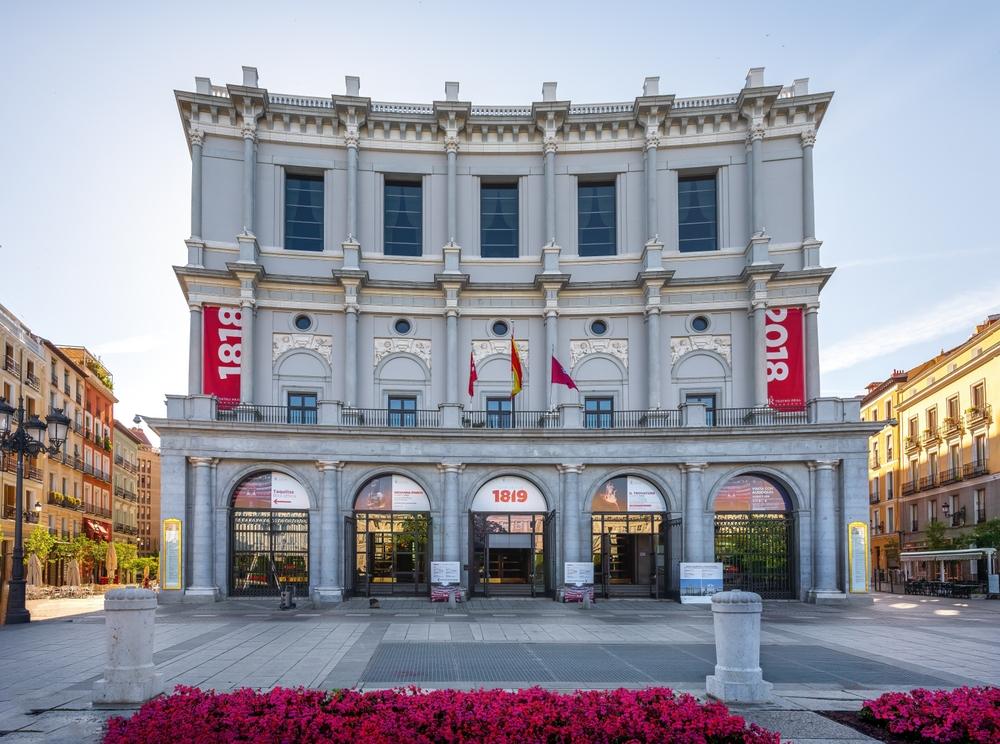
You can see the highlights of the Prado in half a day, but it’s wise to devote an entire day and view its full-hanging collection. Some complain that it isn’t an easy museum to navigate, but we found such complaints unwarranted, perhaps because we had followed sound advice and purchased one of the illustrated guides just prior to entering the building.
The nearby Centro de Arte Reina Sofia (Queen Sofia Art Center), formerly a hospital, is the modern art point on this golden triangle of art. Its collection focus on the works of Spain’s three most renowned modern masters: Pablo Picasso, Salvador Dalí, and Joan Miró. The centerpiece of the museum is Picasso’s famous Spanish Civil War work, “Guernica,” which was moved here from the Prado.
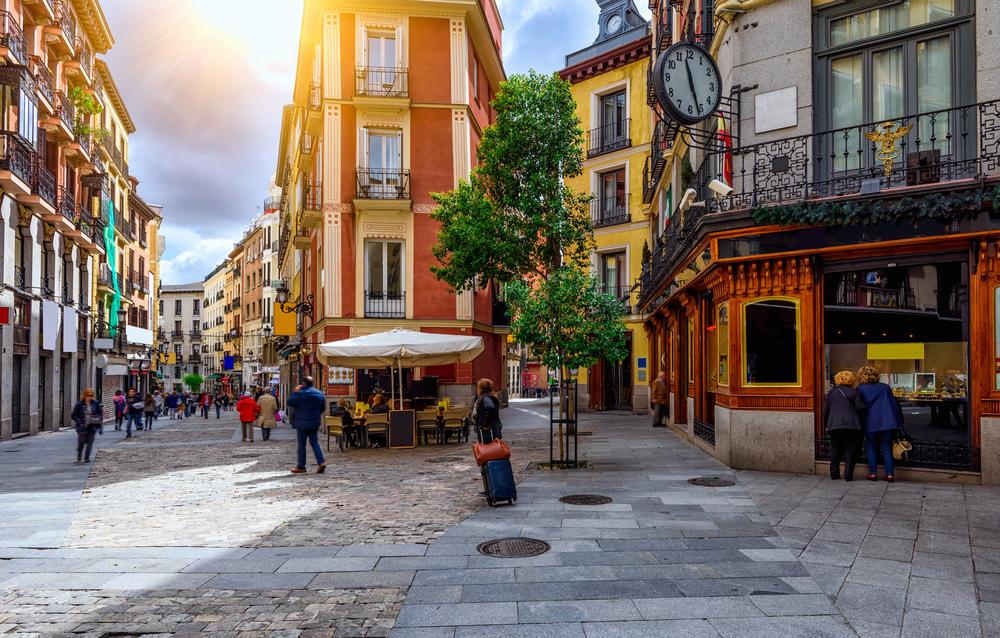
The third point on Madrid’s golden triangle of art is the Thyssen-Bornemisza Museum housed in the Villahermosa Palace, which is even closer to the Prado than the Queen Sofia Art Center. At one time, it was possibly the finest private collection in the world: nearly 800 great paintings, plus other works, owned by the Dutch mining and shipping tycoon Baron Hans-Heinrich Thyssen-Bornemisza. It was lent to Spain for a decade and then sold to the country at a bargain price. The baron’s generosity, it’s said, came at the urging of his Spanish wife, a former “Miss Spain.” It’s sometimes said that with its bit-of-everything variety, this remarkable collection fills in the gaps in the Prado’s collection.
The “Golden Triangle of Art” alone makes a trip to Madrid worth it—and these three incredible museums are all within easy walking distance of one another!
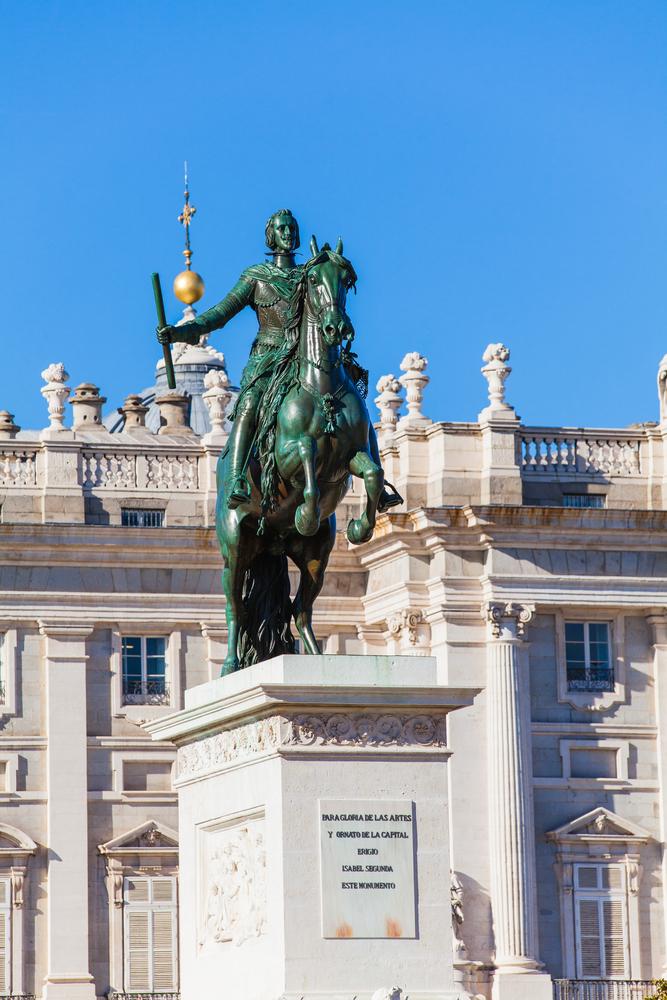
An Easy City to See
Actually, all of the areas of Madrid that are of interest to tourists are pretty close together and easy to get around.While Greater Madrid now tops 4 million inhabitants and covers a large area, the core of the city—less than two miles located between the Royal Palace to the west and El Retiro Park to the east—has remained relatively unchanged for a long, long time.
This is the heart of Old Madrid, an area of monuments, museums, churches, historic buildings, grand squares, broad boulevards, twisting medieval alleyways, restaurants, and cafes by the hundreds, and fine shopping.
You can walk to most of what you want to see pretty easily, which offers the great advantage of making your own little discoveries along the way. But if you don’t feel like doing that, there’s a good subway system and plenty of inexpensive taxis at your disposal.
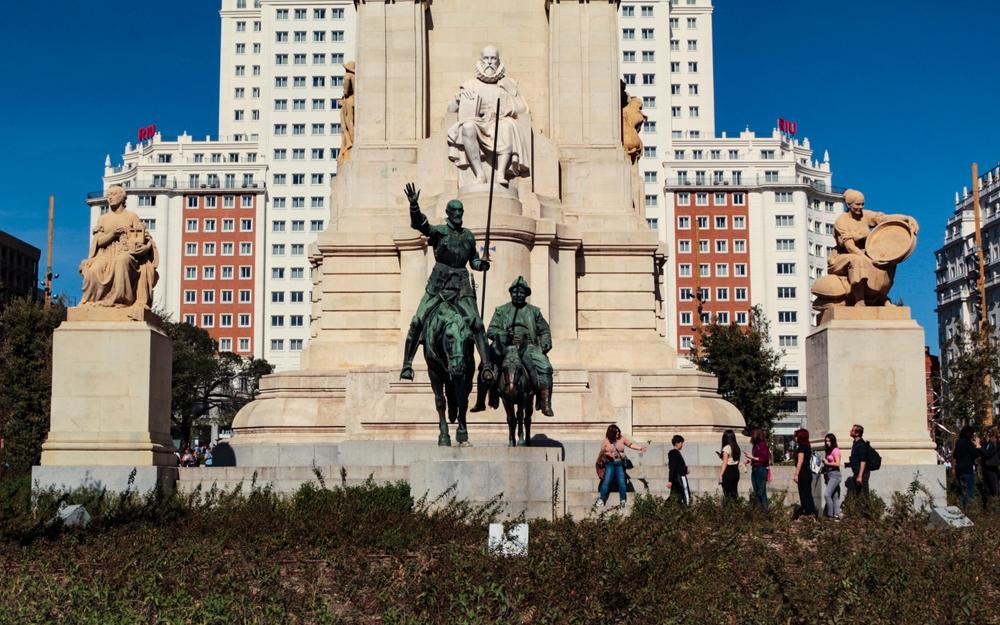
The Royal Palace is a good spot to begin touring the old quarters of historic Madrid. The guided tour through this massive mid-18th-century structure takes two hours. Even still, it includes only the highlights of its 2,800 rooms. Some of the rooms—such as the throne room, the banquet hall, and the private apartment of its first occupant, King Carlos III, with its two-ton crystal chandelier—are so opulent that you truly do have to see them to believe the raves about their splendor.
As you walk through the Royal Palace, it’s wise to keep your eyes open for paintings by Goya and El Greco. If you’re lucky and in the palace at about noon, you just might be in the room full of gold clocks when all their bells and chimes go off.
In addition to the palace proper, there are a few museums on its grounds. Especially interesting is the Royal Armory, which is located within the palace and features a dazzling array of armor worn by 16th- and 17th-century knights. Also of special interest is the Royal Carriage Museum, which is located outside the palace in a nearby building in what used to be a royal park. The elaborately decorated carriages, mostly of 18th-century vintage, include one donated by Napoleon.
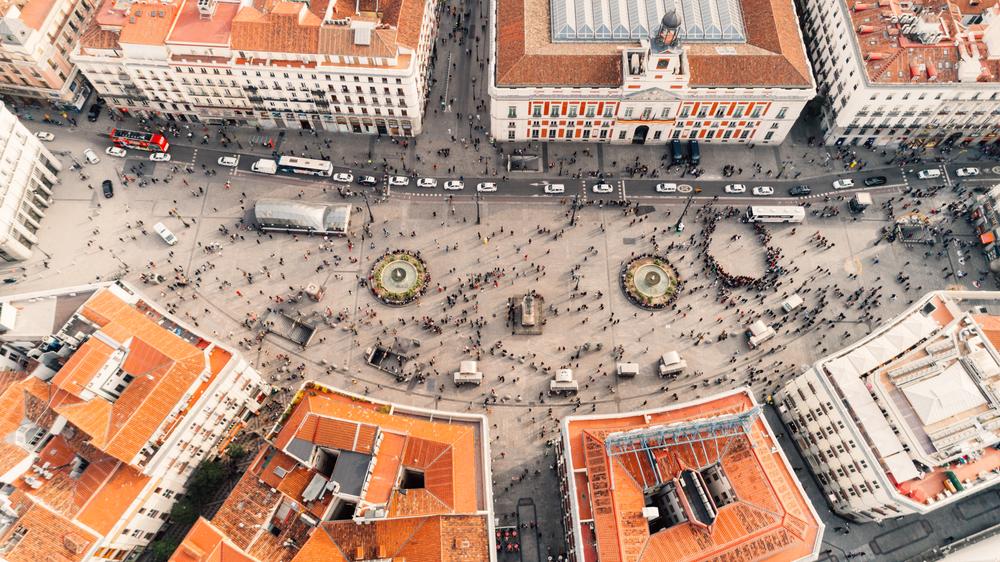
Oddly enough, Madrid doesn’t have any cathedral that comes even close to rivaling those in Seville, Barcelona, or Santiago de Compostela. What might pass as Madrid’s most interesting church, the Catedral de Santa María la Real de la Almudena, happens to be right next to the Royal Palace. It took a century to build, mainly because of political and bureaucratic disputes, and didn’t officially open until a 1992 ceremony presided over by Pope John Paul II.
We were more impressed with our stroll through the Plaza de Oriente, an elegant and pleasant park-like spot just across from the Royal Palace. It’s lined with huge stone statues of the Spanish kings. They were meant to be mounted on the railing along the top of the palace, but Queen Isabel of Farnesio claimed that she was worried that they would cave in the roof while others claimed that she was annoyed that her own likeness didn’t dominate the display.
The statue of King Felipe IV that stands at the center of the Plaza de Oriente isn’t only especially attractive but also of some historic significance in its own right. While statues of this particular type of pose are common now, it was the first equestrian bronze that was ever cast with the horse rearing. To configure the statue’s weight so that it wouldn’t collapse, the Italian sculptor who made it, Pietro de Tacca, received the assistance of none other than Galileo. The pose itself is from a Valázquez painting of Felipe IV that the king dearly treasured.
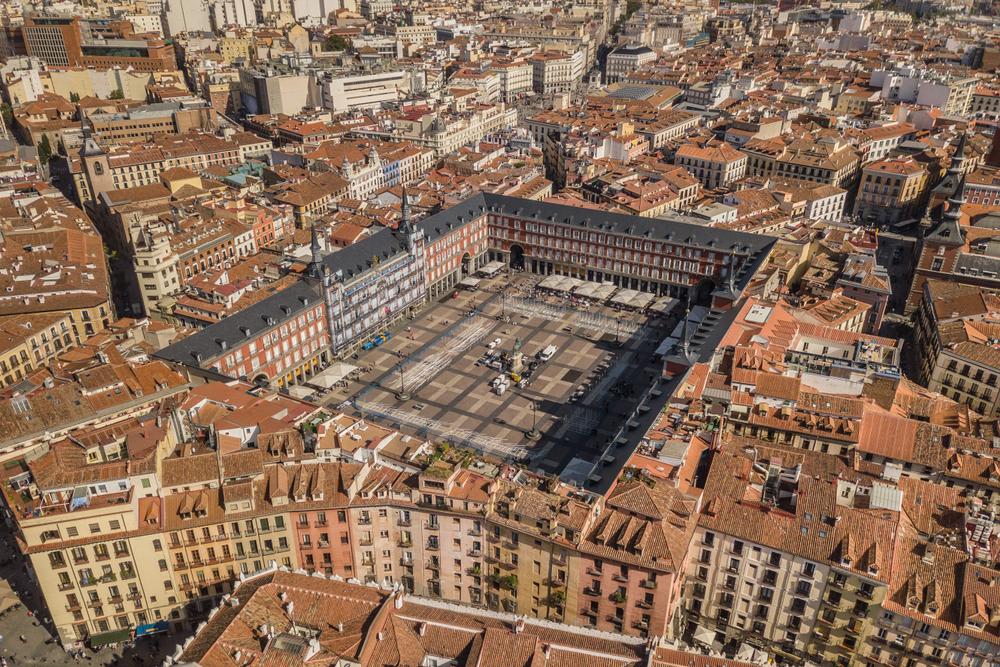
Only a short distance from this splendid little spot is another Madrid landmark we always enjoy seeing: the monument to the great Spanish writer Miguel de Cervantes in Plaza de España. It features a statue of Cervantes elevated above his two most famous characters: Don Quixote and his squire, Sancho Panza.
Roughly halfway between the Royal Palace and El Retiro Park lies the Puerta del Sol, the sort of crossroads and nerve center of Old Madrid. Ten streets converge here, as do three metro lines. This is where you will find Kilometer zero, the spot from which all distances are measured in Spain. A plaque on the sidewalk marks it.
While certainly not one of the city’s most attractive spots, this crowded plaza is a favorite meeting place for Madrileños. This is where you'll find the Oso y el Madroño (bear and strawberry tree) statue that’s the official emblematic symbol of the city of Madrid, right at the point where the Calle del Carmen, a favorite shopping street, meets the plaza.
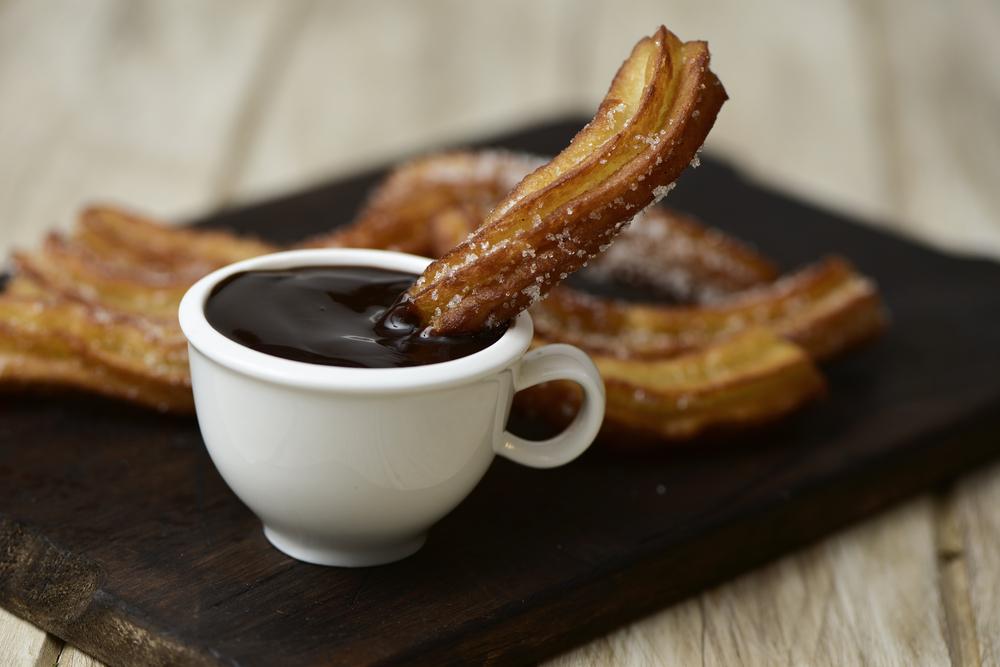
A Favorite Spot
Nearby is one of our favorite spots in Madrid: Plaza Mayor, one of the loveliest squares in Madrid. In fact, it’s one of the largest and grandest squares in Spain or Europe.Marked off by graceful old buildings with endless rows of small balconies, the plaza is surprisingly quiet due to being closed to motorized traffic. This is the best spot in Madrid to enjoy a coffee under the Spanish sun, listen to street musicians, look over the works of local artists, and shop in quaint little boutiques.
And it’s a wonderful place to just stand and ponder the history. This is a plaza that officially opened in 1620 with ceremonies celebrating the canonization of five Spanish saints. It’s a place where kings were crowned, royal marriages took place, and knights held tournaments.

Madrid has a reputation as a city that never goes to sleep, with dinners that can start at close to midnight, bars that stay open all night, and traffic jams that occur at 2 a.m. But what makes this city so very special is how it has truly retained its old Europe charm.
Walking away from the Plaza Mayor one day, we wondered how we had taken so long to discover the captivating appeal of Madrid, even with so many years of traveling around Europe.
We like the sights. We like the shopping. We like the lively, charming, and friendly Madrileños. We like sampling tapas, those small Spanish dishes you can enjoy as an appetizer or pile together as a meal. We like starting the day with churros con chocolate, the Spanish breakfast treat of fried dough and hot chocolate that’s so thick and rich that it tastes like liquefied chocolate pudding.
There’s a whole lot that we like about Madrid. What we would like best is to go back again.

